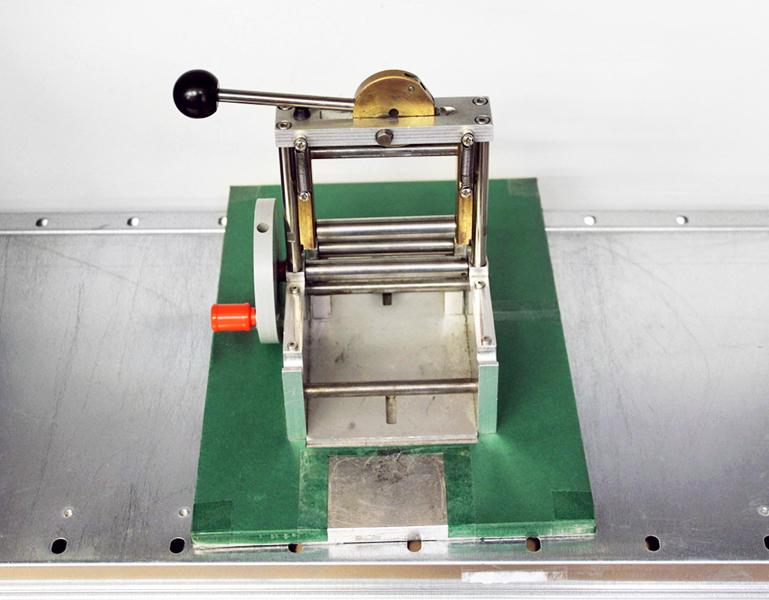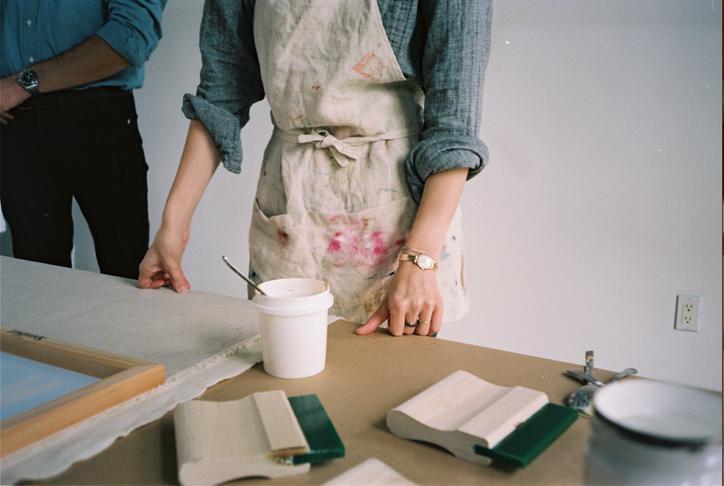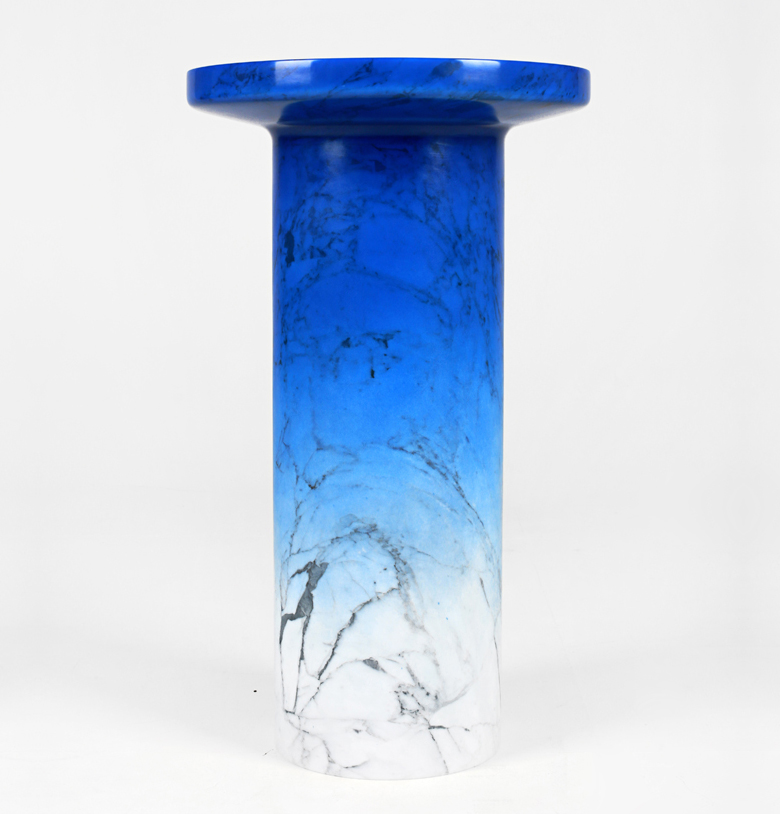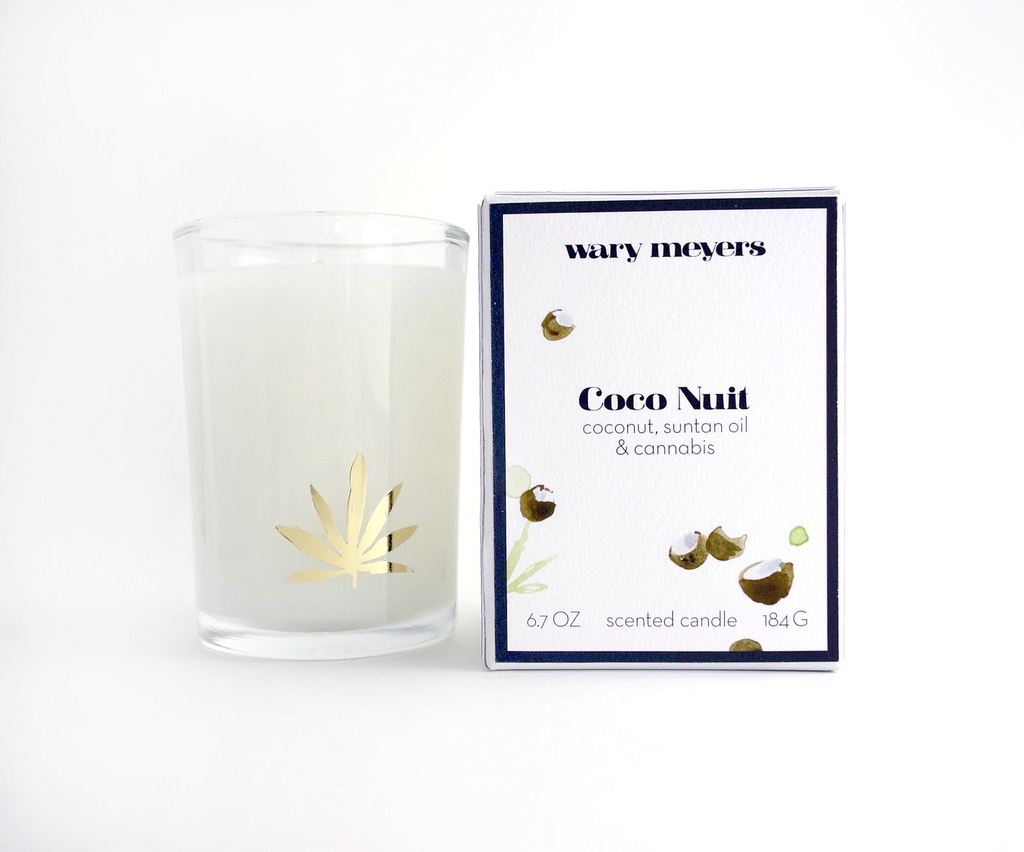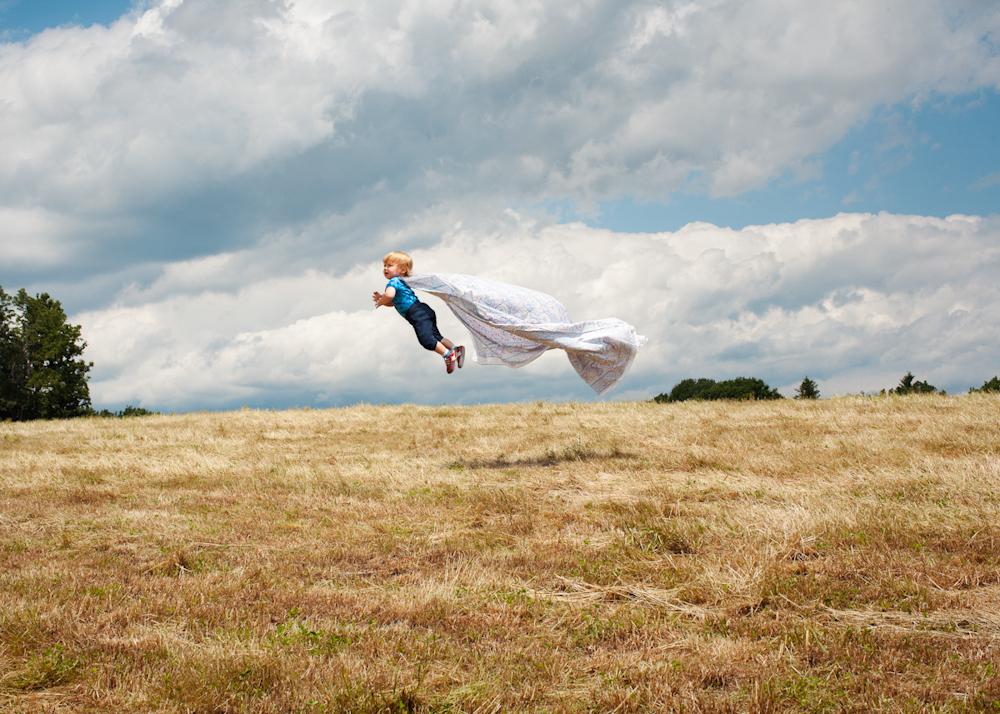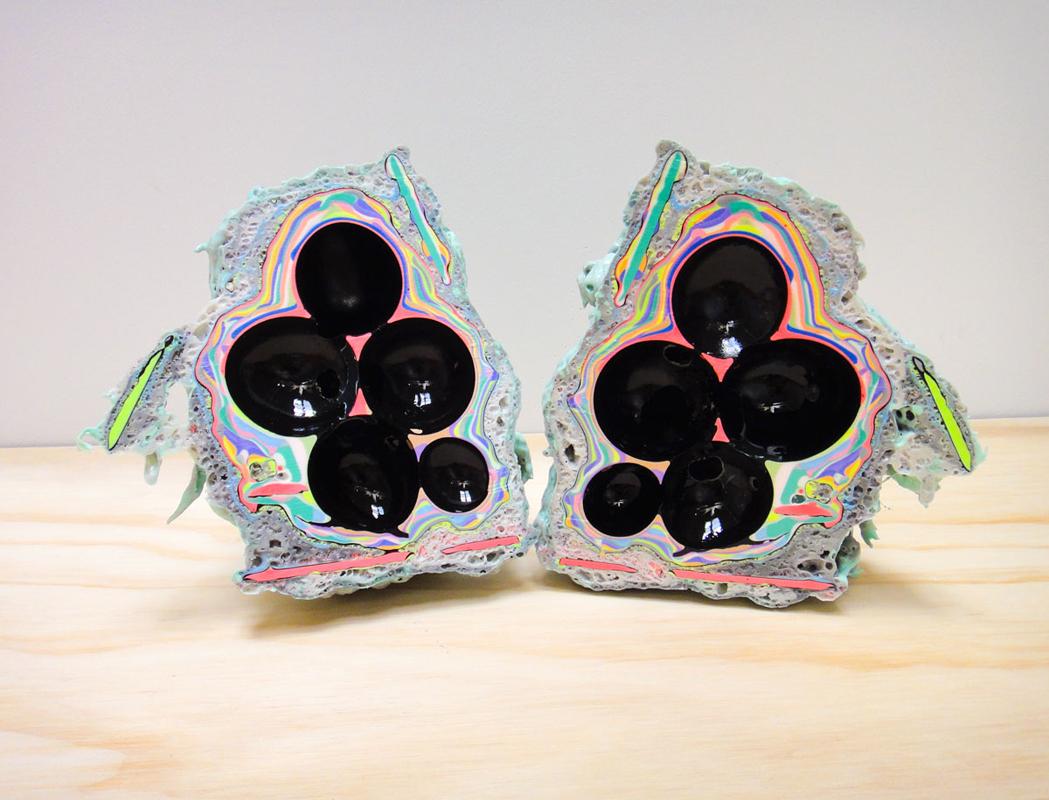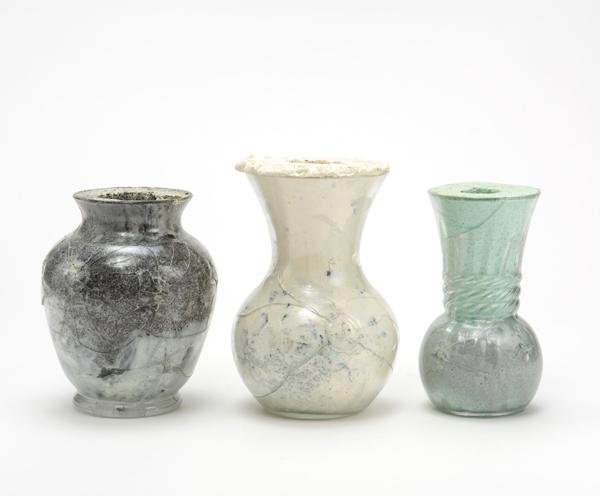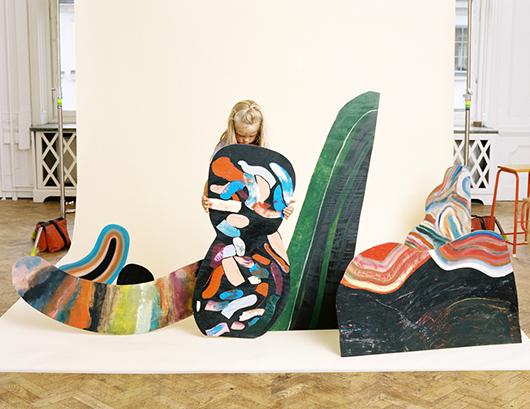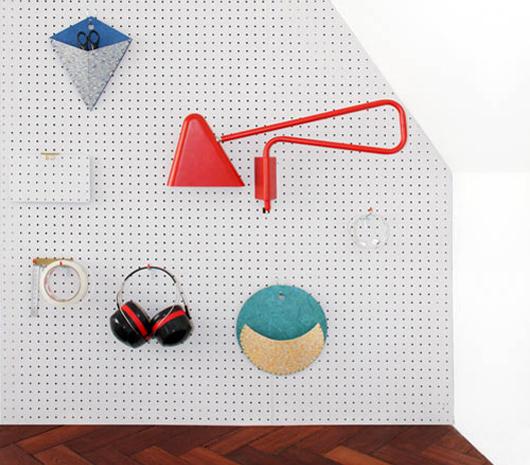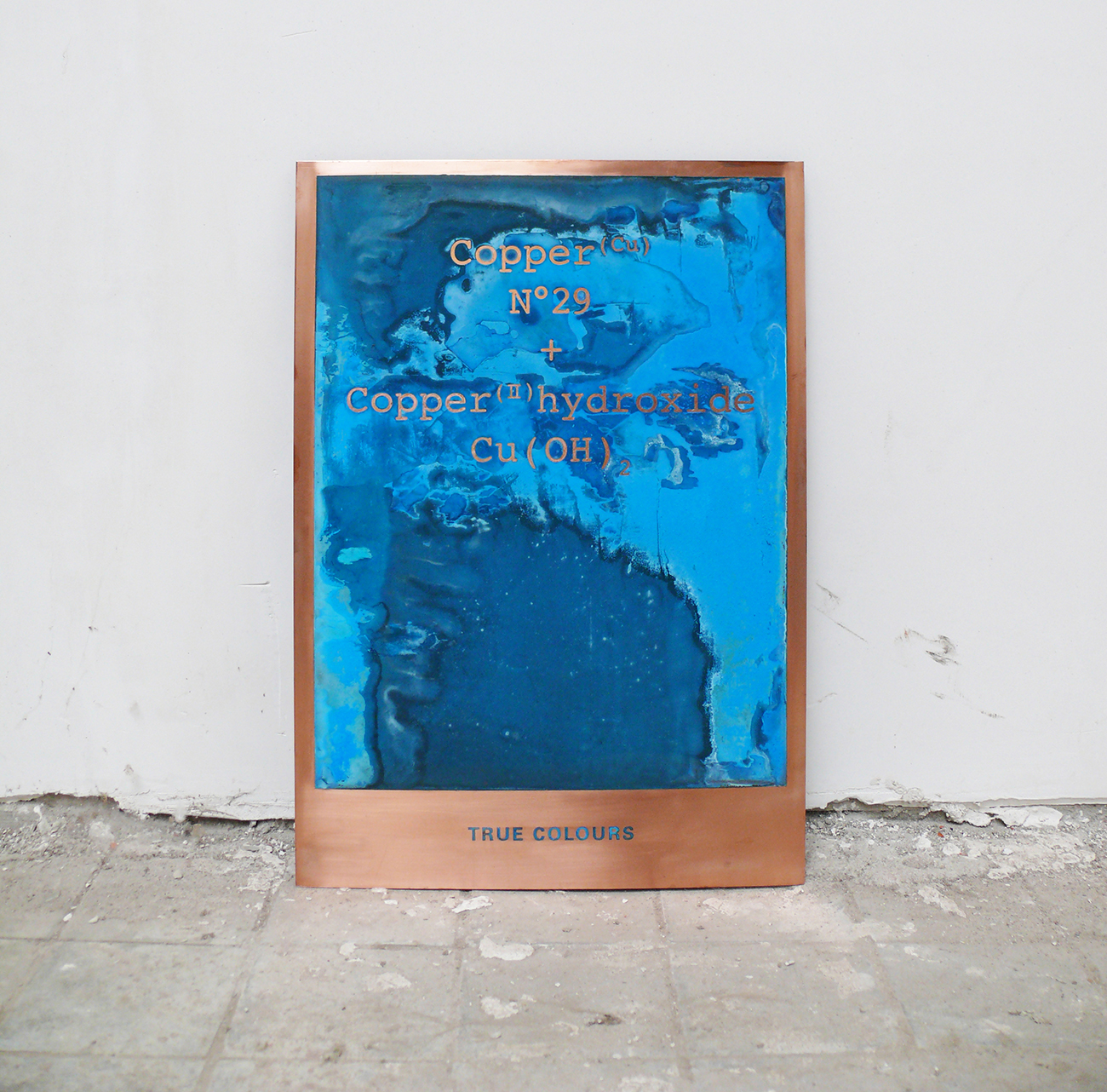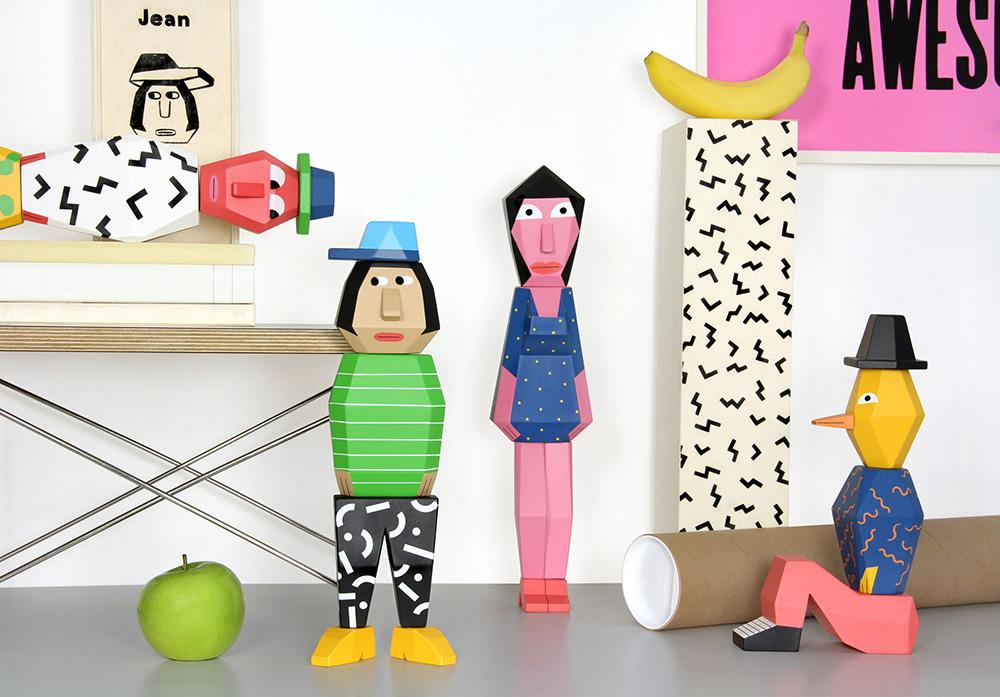
11.05.13
The Making of
Andy Rementer’s People Blocks
One of the only things that bummed us out about doing a printed edition last year was that it was, in the end, an edition — only 400 of you (give or take a few) ever read the stories housed within its covers. Take Andy Rementer’s Inventory story, for which the Philadelphia-based illustrator styled and photographed his own creative influences, which ran from vintage lettering manuals to Italo comics. It was one of our favorite stories we’ve ever published. But the good thing about creative people is that they tend to keep creating awesomely publishable things, so today we bring you Rementer’s latest: interchangeable “People Blocks,” created in collaboration with the Belgium-based object editors Case Studyo.
